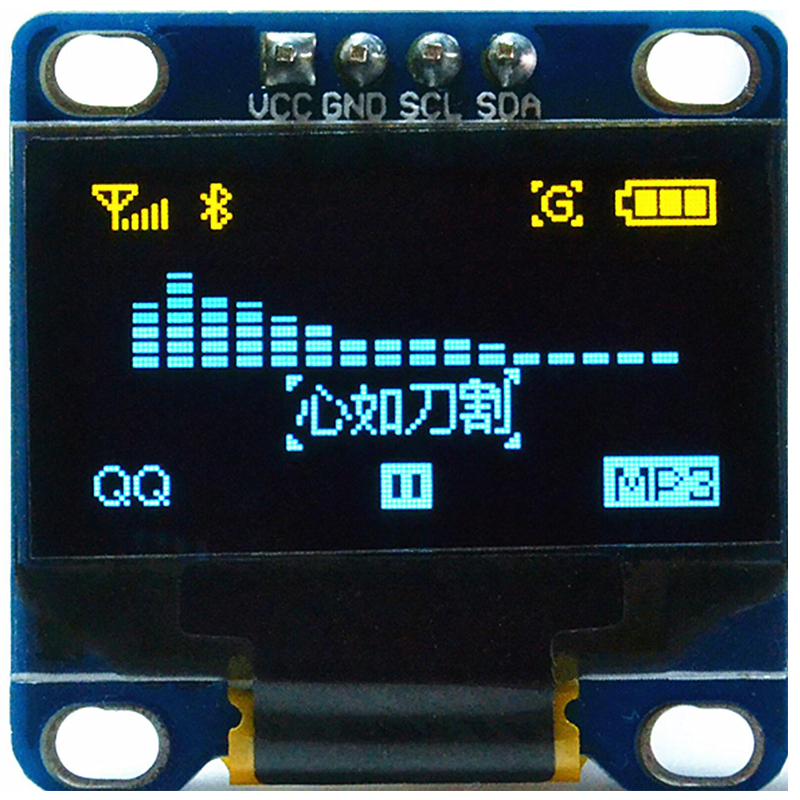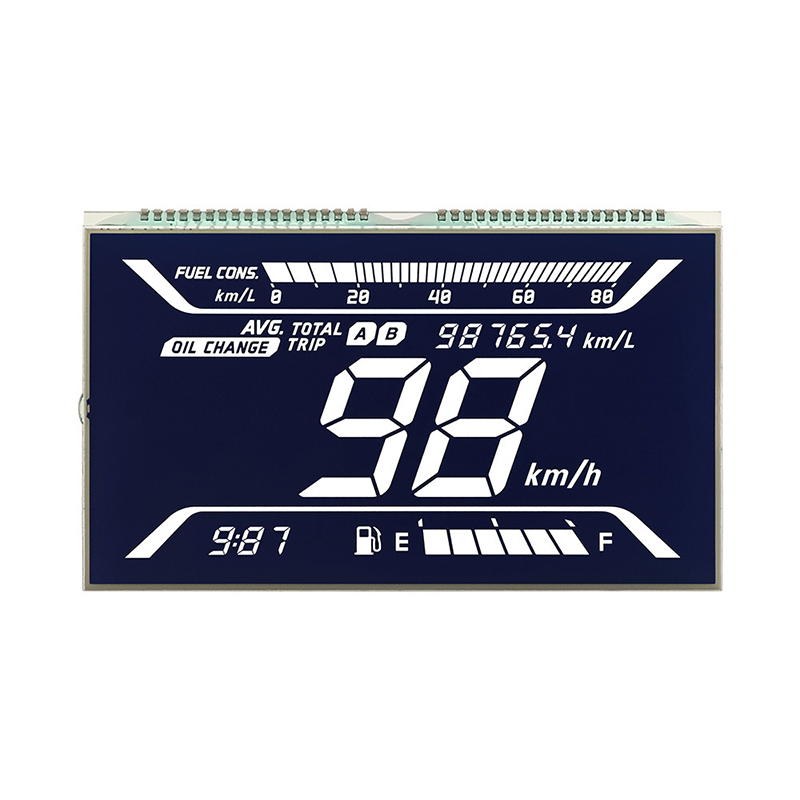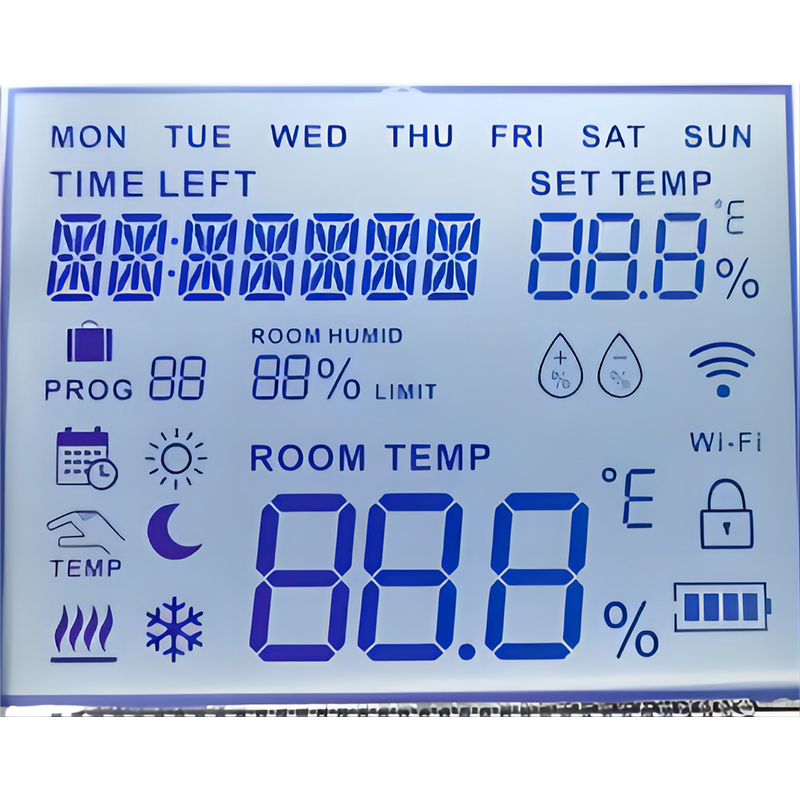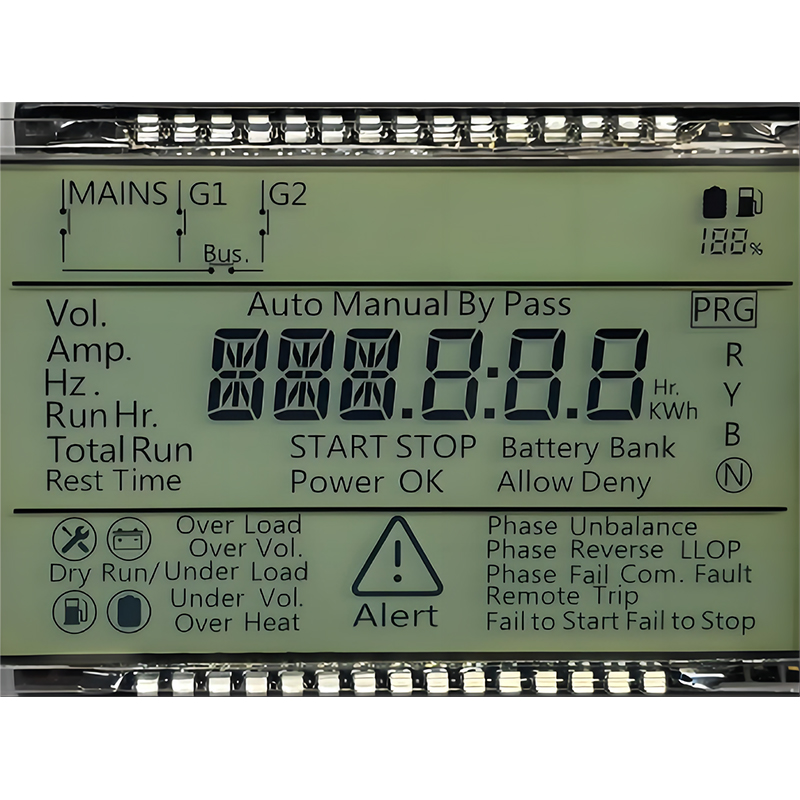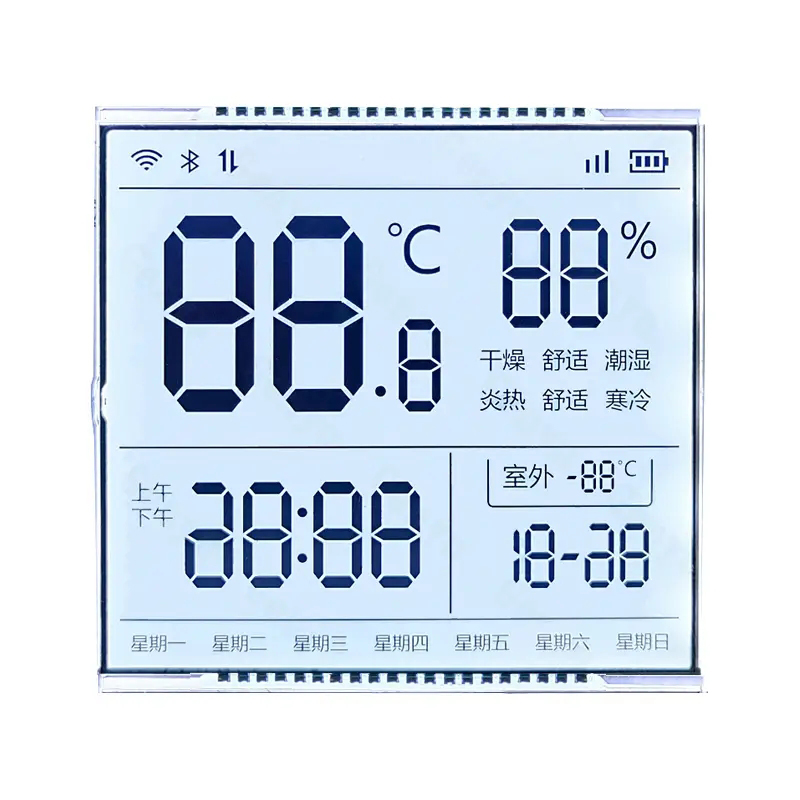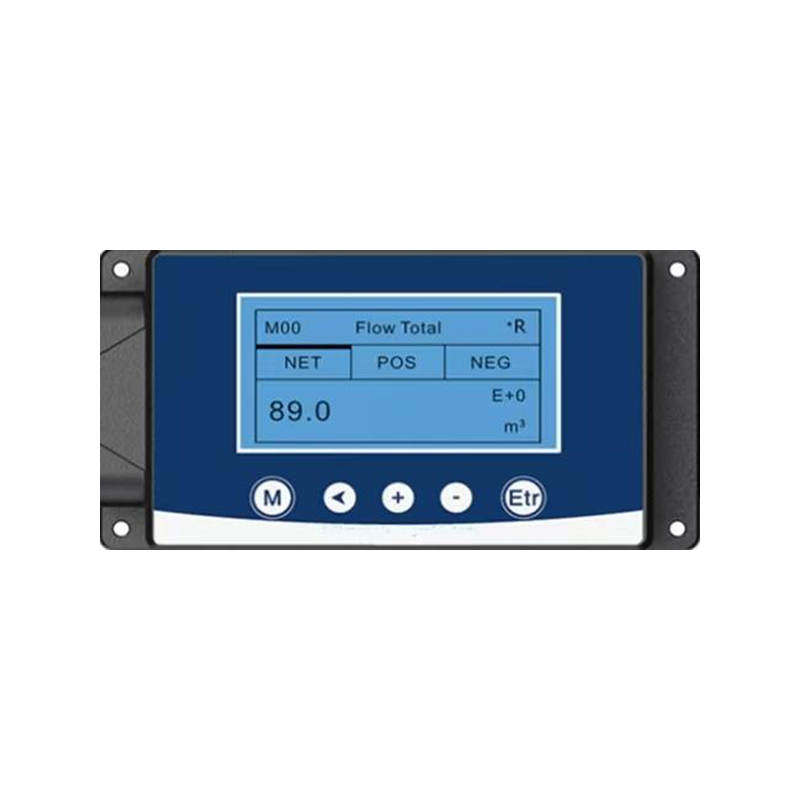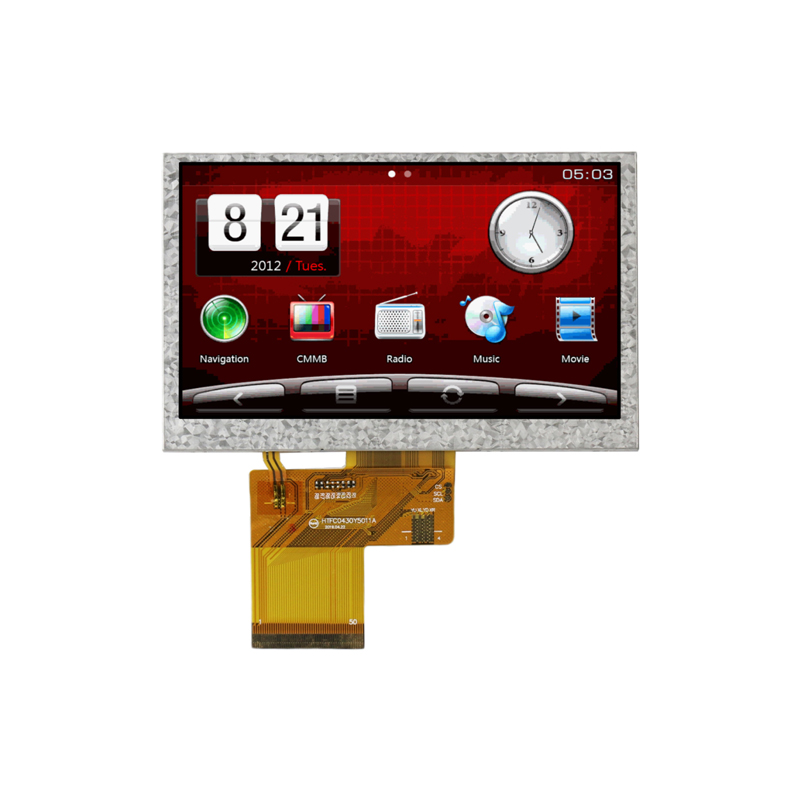
This comprehensive guide explores the factors influencing the cost of OLED displays, providing insights for businesses and individuals seeking to understand the pricing structure and make informed purchasing decisions. We’ll delve into the technology, manufacturing processes, market dynamics, and various display sizes and resolutions to offer a clearer picture of OLED display cost.
The inherent complexity of OLED display technology significantly impacts its cost. Unlike LCDs, OLEDs require precise deposition of organic materials onto a substrate, a process that necessitates advanced equipment and cleanroom environments. This sophisticated manufacturing process, combined with the need for high-quality materials, contributes to a higher overall OLED display cost compared to LCD alternatives. Yield rates also play a significant role; imperfections during manufacturing can lead to significant losses, increasing the final cost.
The size and resolution of an OLED display are directly proportional to its cost. Larger displays require more materials and processing, leading to higher manufacturing expenses. Similarly, higher resolutions demand greater precision and more pixels, increasing the OLED display cost. A 65-inch 4K OLED will naturally cost considerably more than a 24-inch 1080p OLED.
Advanced features such as HDR (High Dynamic Range), high refresh rates (e.g., 120Hz), and improved color accuracy further influence the OLED display cost. These features often require more complex circuitry, specialized materials, and more stringent quality control measures, increasing the manufacturing complexity and ultimately the price.
Market fluctuations in supply and demand also play a role. High demand coupled with limited production capacity can push up prices, while increased production can lead to lower OLED display costs. Keep an eye on market trends to identify potential pricing changes.
While generally more expensive than LCDs, OLED displays offer superior image quality, deeper blacks, and wider viewing angles. The price difference is significant, particularly for larger displays. However, the superior performance often justifies the higher investment for specific applications. Dalian Eastern Display Co., Ltd. offers a range of display solutions, enabling businesses to choose the most appropriate technology for their needs.
It's difficult to provide exact pricing without specifics (size, resolution, features), but let's illustrate with an example. Consider a 55-inch 4K OLED display versus a comparable 55-inch 4K LCD display. The OLED will likely cost significantly more (potentially double or more), largely due to the factors outlined above.
| Feature | 55-inch 4K OLED | 55-inch 4K LCD |
|---|---|---|
| Approximate Cost | $1000 - $2000 (example only) | $500 - $1000 (example only) |
| Black Levels | True Black | Dark Gray |
| Viewing Angles | Excellent | Good |
Note: These price points are illustrative only and vary based on brand, features, and market conditions.
The OLED display cost is a complex issue influenced by many factors. While initially more expensive than LCDs, the superior image quality and performance often justify the higher price for specific applications. Understanding these factors allows for more informed purchasing decisions, leading to better value for your investment. For high-quality display solutions, consider exploring options from reputable manufacturers like Dalian Eastern Display Co., Ltd. Always research current pricing from different suppliers for the best deal.

